May 5th is known as “Children’s Day” in Japan, but it is also the day of the traditional event “Tango no Sekku” (Boys’ Festival). Children’s Day is a time to celebrate children’s growth and happiness, but its roots trace back to the ancient Chinese tradition of “Tango no Sekku.”
Tango no Sekku was introduced to Japan during the Nara period and evolved over time into the modern traditions of Children’s Day.
This article explores the origins and history of Children’s Day, its connection to Tango no Sekku, and the traditional customs and foods associated with May 5th.
The Connection Between Children’s Day and Tango no Sekku
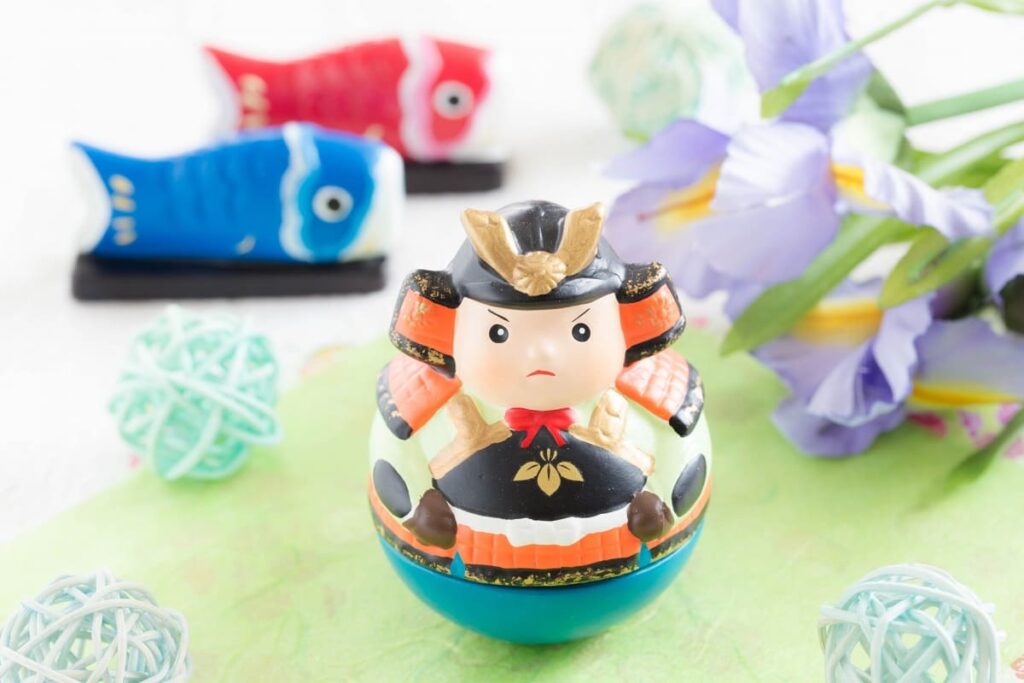

Let’s start with the difference between “Tango no Sekku” and “Children’s Day” in Japan!
The Origins of Tango no Sekku
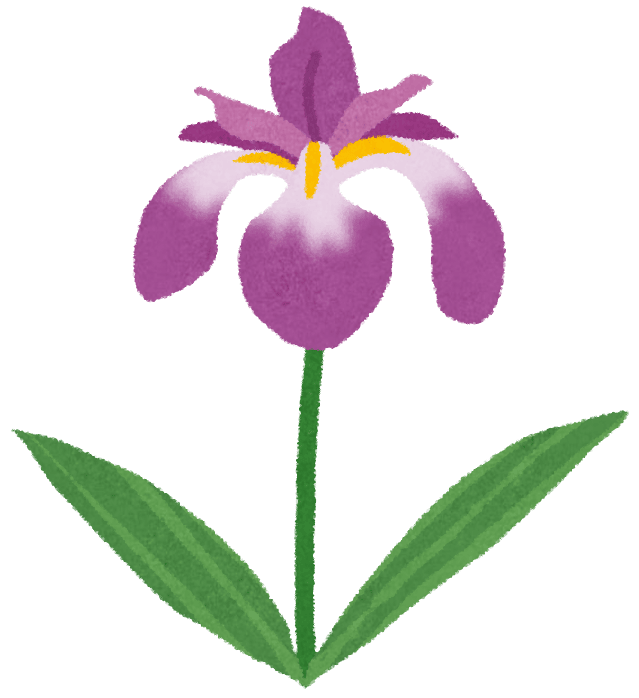
The origins of Tango no Sekku date back to China’s Spring and Autumn period. People used the strong fragrance of iris leaves to ward off evil spirits by hanging them on their doors or drinking iris-infused sake.
During the Nara period, this tradition was introduced to Japan and became an imperial court event. Later, during the Kamakura period, it spread to samurai households. The Japanese word “shōbu / 菖蒲” (iris) was associated with “shōbu / 尚武” (valor and martial arts), leading to the festival being dedicated to boys’ healthy growth.
Tango no Sekku in the Edo Period
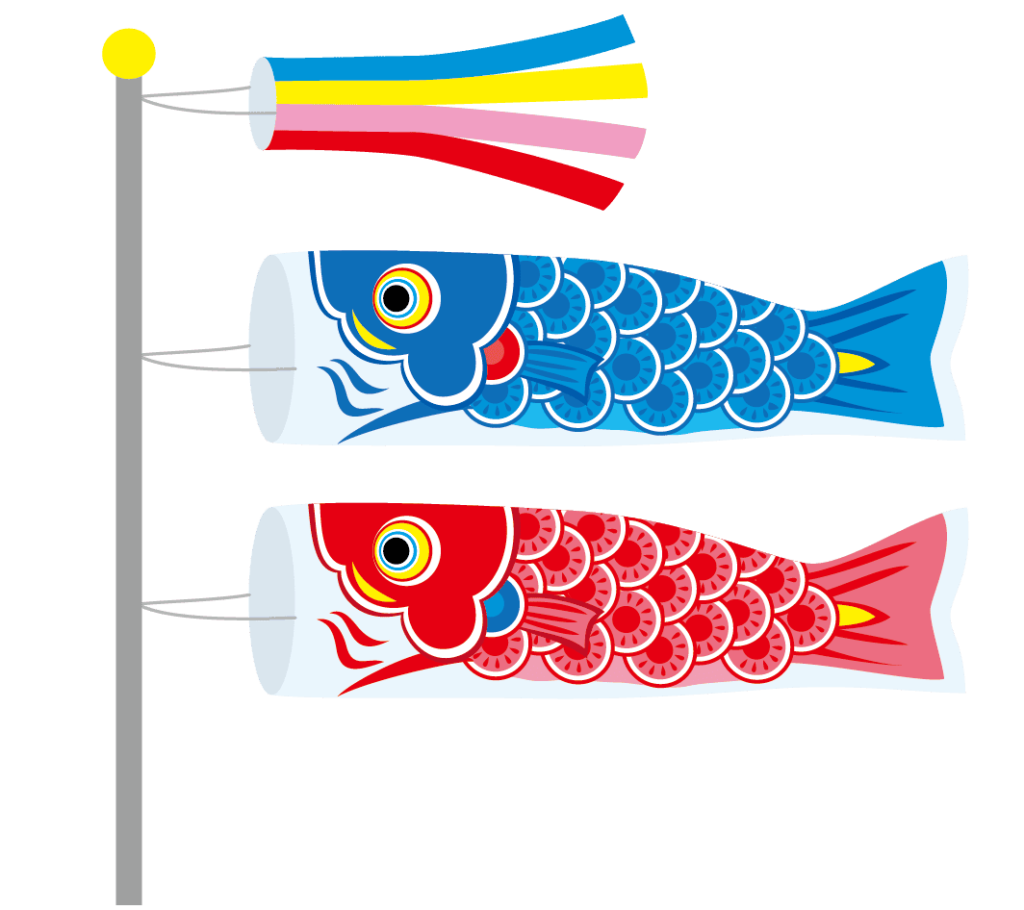
During the Edo period, May 5th was designated as a formal celebration day, and feudal lords and samurai offered their congratulations at Edo Castle. When a boy was born into a samurai family, they displayed banners and flags in front of their homes. However, commoners were not allowed to display banners, so they started putting up “koinobori” (carp streamers) instead.
Establishment of Children’s Day
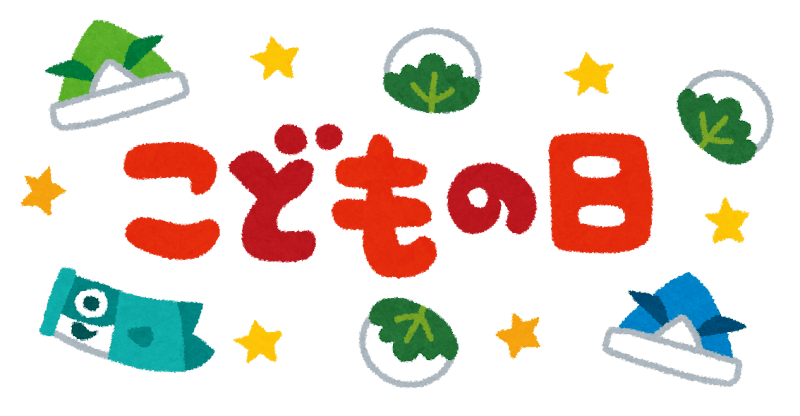
After World War II, in 1948, May 5th was officially recognized as “Children’s Day” and became a national holiday. This change expanded the meaning of the celebration beyond boys to include the well-being and happiness of all children, regardless of gender.
Traditional Customs on May 5th Children’s Day
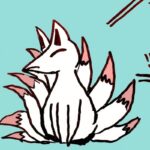
What do you do on Children’s Day?

We decorate Samurai dolls and eat Chimaki!!
Displaying May Dolls and Samurai Helmets
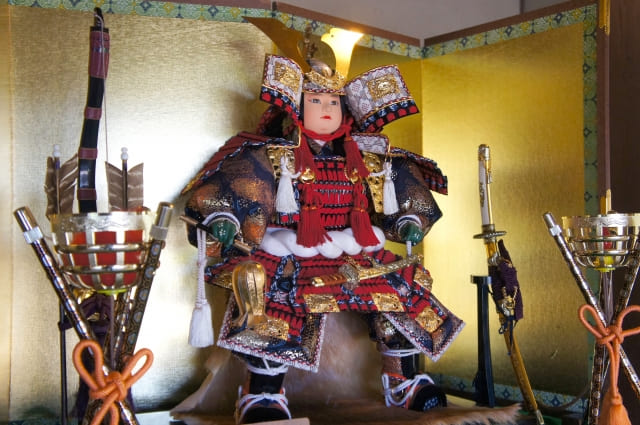
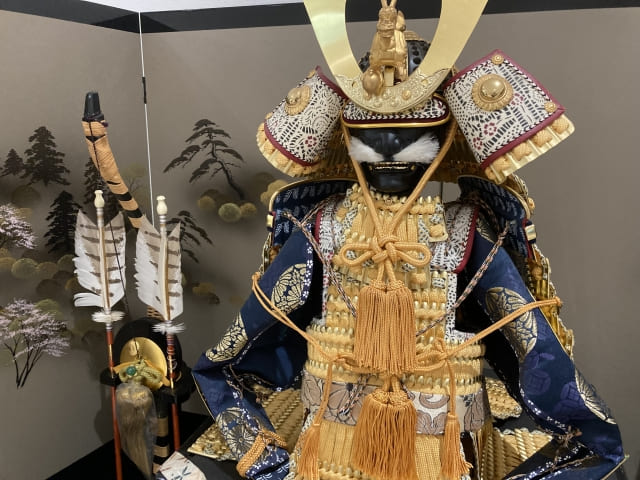
May dolls (Gogatsu Ningyo / 五月人形) include armor sets, samurai helmets, and warrior figurines. These decorations symbolize protection against misfortune and prayers for a child’s health and success. The samurai helmet, in particular, represents the wish to safeguard children from harm.

This store can ship armors for Children’Day to foreign countries!
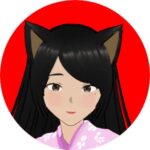
If you are interested in Armor decorations or dolls,
check the store!
Raising Koinobori (Carp Streamers)
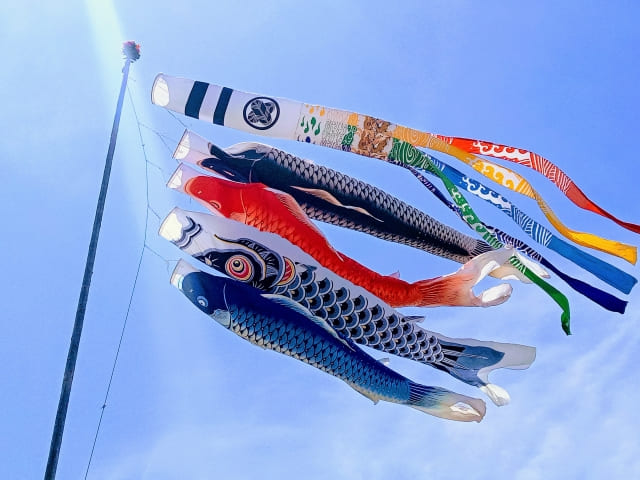
The custom of displaying koinobori originates from a Chinese legend about a carp swimming upstream and transforming into a dragon, symbolizing success and perseverance. The black carp represents the father, the red carp the mother, and the blue or green carp the children.
At the top of the koinobori pole is a round ornament called “kagotama,” which is believed to attract protective deities.
If you want to know about Koinobori more, please check this article below!
Taking a Shōbu-Yu Bath
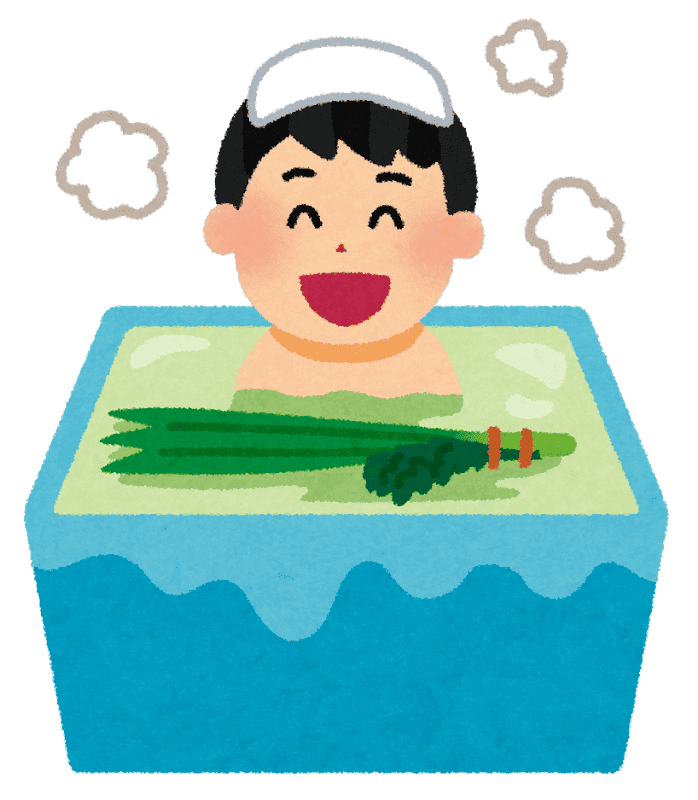
Iris leaves have long been believed to ward off evil spirits, and on May 5th, people take a bath infused with iris leaves, known as “shōbu-yu.” This custom is thought to bring good health and relaxation.
Traditional Foods Eaten on Children’s Day
Kashiwa Mochi
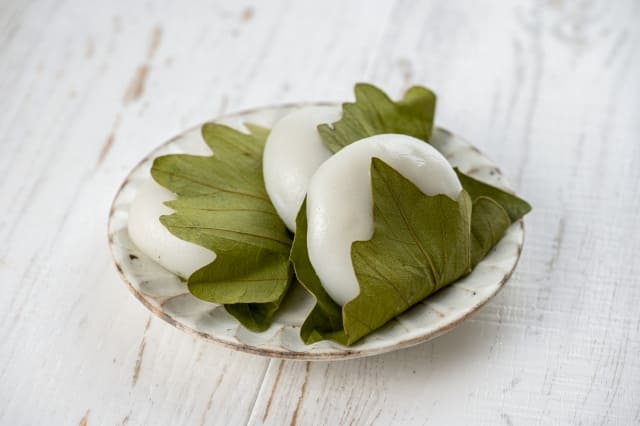
Kashiwa mochi is a traditional Japanese sweet made of rice cake filled with sweet red bean paste and wrapped in an oak leaf. Since oak leaves do not fall until new ones grow, they symbolize family continuity and prosperity.
Chimaki
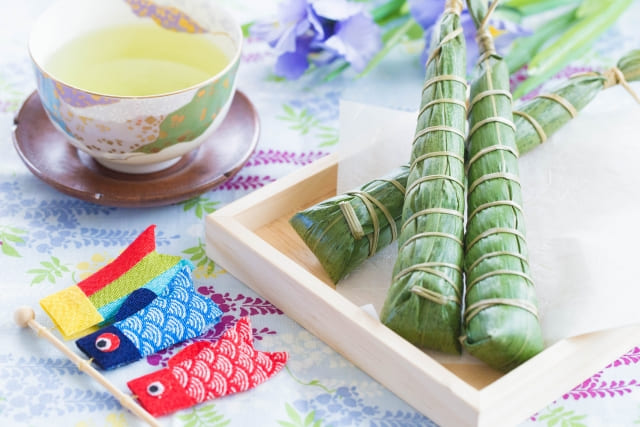
Chimaki is a rice dumpling wrapped in bamboo leaves and steamed. This tradition originated from a Chinese legend where rice dumplings were thrown into a river to honor a deceased poet. Over time, chimaki became a staple food for Tango no Sekku in Japan.
Children’s Day in Japan Q&A
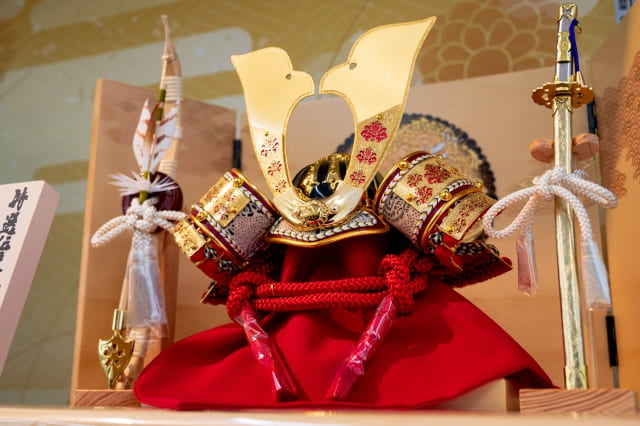
- QIs Children’s Day also for celebrating girls?
- A
Yes. Although Children’s Day originates from Tango no Sekku, which was traditionally for boys, it is now a day to celebrate all children, regardless of gender.
If you like to know more about Hinamatsuri (Girl’s day in Japan), please read the article below!
- QWhen should koinobori be displayed?
- A
Koinobori are typically displayed from mid-April to May 5th. Some families and regions keep them up until mid-May.
- QWho buys the May dolls?
- A
Traditionally, the mother’s parents buy the May dolls. However, in modern times, both sides of the family often discuss and decide together.
Conclusion
Children’s Day in Japan originates from Tango no Sekku, which was initially a celebration of boys’ healthy growth. However, in 1948, it became a national holiday honoring all children.
On May 5th, families decorate with May dolls and koinobori, take shōbu-yu baths, and eat kashiwa mochi and chimaki to wish for children’s health and prosperity.
Children’s Day is a special event deeply rooted in Japanese tradition. It is a wonderful occasion for families to celebrate and cherish their children’s happiness and growth together!

If you are interested in Japanese culture, and you love gaming, you may love these games! Let’s play!

Yes! Let’s play!

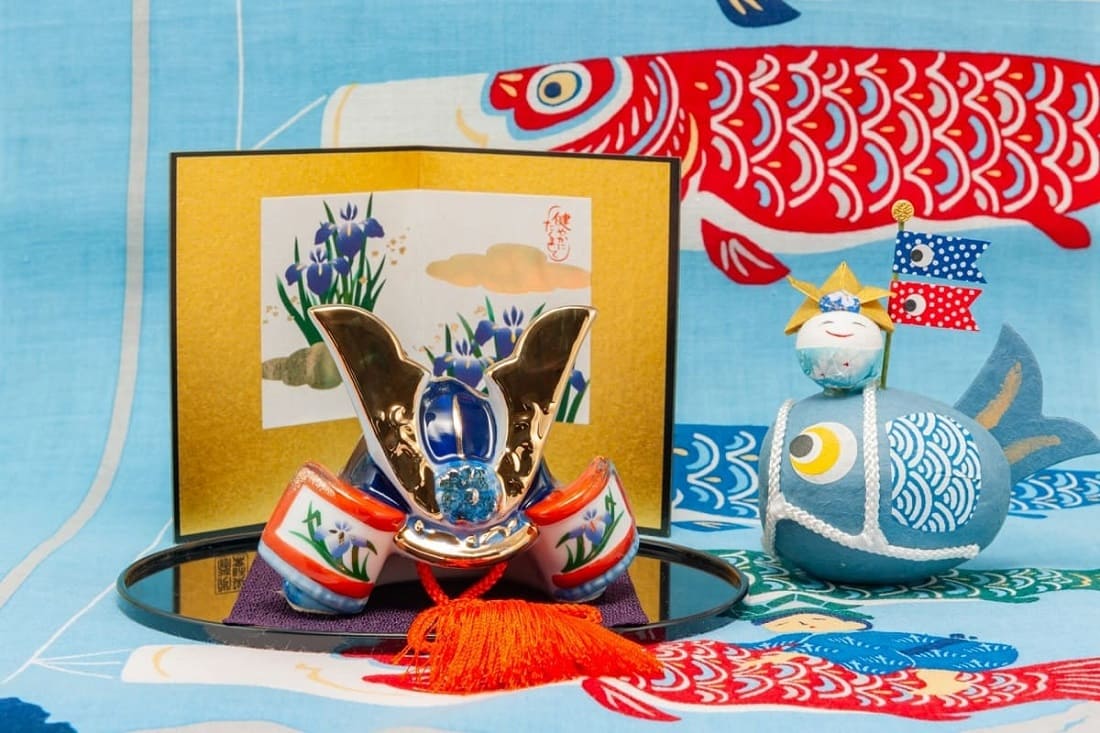


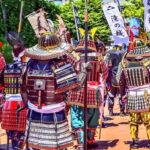
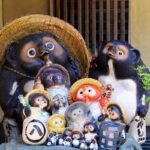
Comments